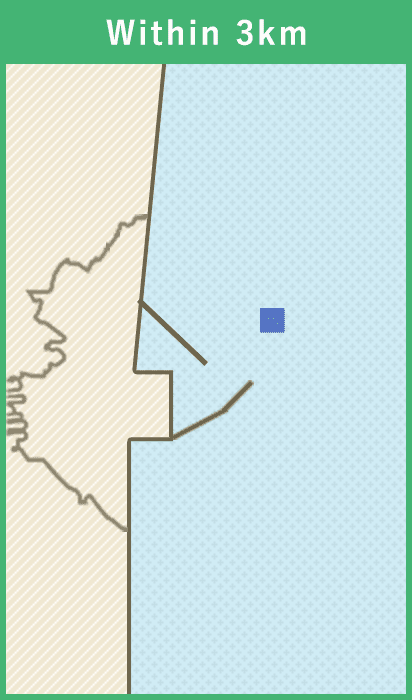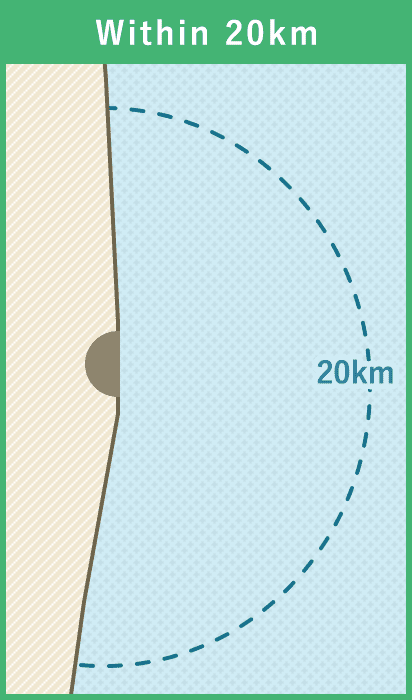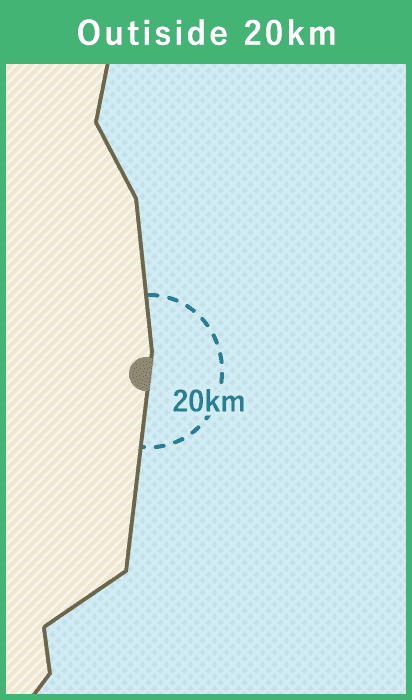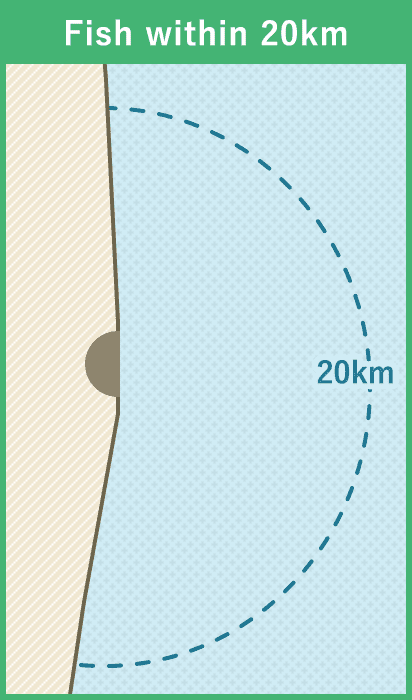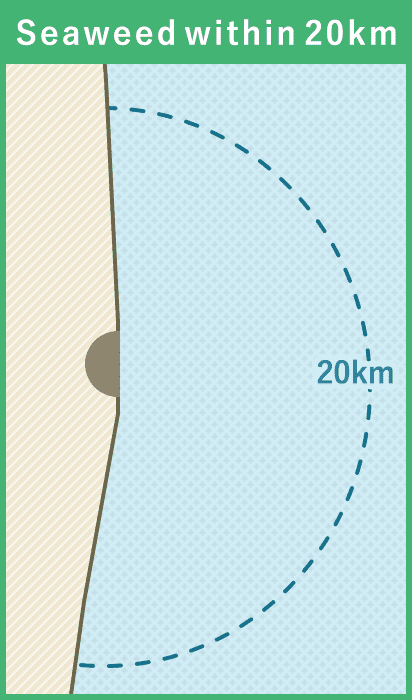- Tritium
- Cesium 137
- Cesium 134

Past data

Past data

Past data


- Unit that indicates how much radiation a radioactive substance can emit
- Past data indicates the maximum and minimum values for one year. The observed range is included in the results of normal analysis and detailed analysis.
- ND (Not Detected) indicates that concentrations were below detectable limits.
Detectable limits vary depending on the measurement environment and the measurement device. - Minuscule amounts of radioactive substances are periodically measured by lowering detection limits.
- According to completion of the installation of the ALPS treated water dilution/discharge facility and the dredging construction in Unit 5/6 intake open channel, the monitoring point "in front of Unit 6 intake" has been changed to "in front of Unit 5 intake" since July 3, 2023.
- To ensure the safety of the seawater sampling work, the sampling point has been temporarily changed to a point approximately 1,300 meters south from the south water discharge outlet of the Fukushima Daiichi Nuclear Power Station Units 1-4 since June 11, 2024.
- Unit that indicates how much radiation a radioactive substance can emit
- Past data indicates the maximum and minimum values for one year. The observed range is included in the results of normal analysis and detailed analysis. Measurement points that do not show past values had not been sampled from prior to FY2021.
- ND (Not Detected) indicates that concentrations were below detectable limits.
Detectable limits vary depending on the measurement environment and the measurement device. - Tissue free water tritium refers to tritium that exists as water in the tissues of an animal.
- Organically bound tritium refers to tritium that is bound to organic material, such as proteins, etc., and exists in the tissues of an animal.
- Seawater (surface) values represent measurement results from the previous day.
- The graph shows the highest detection value obtained by analyzing multiple fish samples collected at the same location on the same day.
If all samples are below detectable limits, the highest detection limit is shown. For more information, please click here.
- Unit that indicates how much radiation a radioactive substance can emit
- Past data indicates the maximum and minimum values for one year. The observed range is included in the results of normal analysis and detailed analysis. No values are shown for seaweed since it is sampled only once a year.
- ND (Not Detected) indicates that concentrations were below detectable limits.
Detectable limits vary depending on the measurement environment and the measurement device. - Tissue free water tritium refers to tritium that exists as water in the tissues of an animal.
- Organically bound tritium refers to tritium that is bound to organic material, such as proteins, etc., and exists in the tissues of an animal.
- Seawater (surface) values represent measurement results from the previous day.




